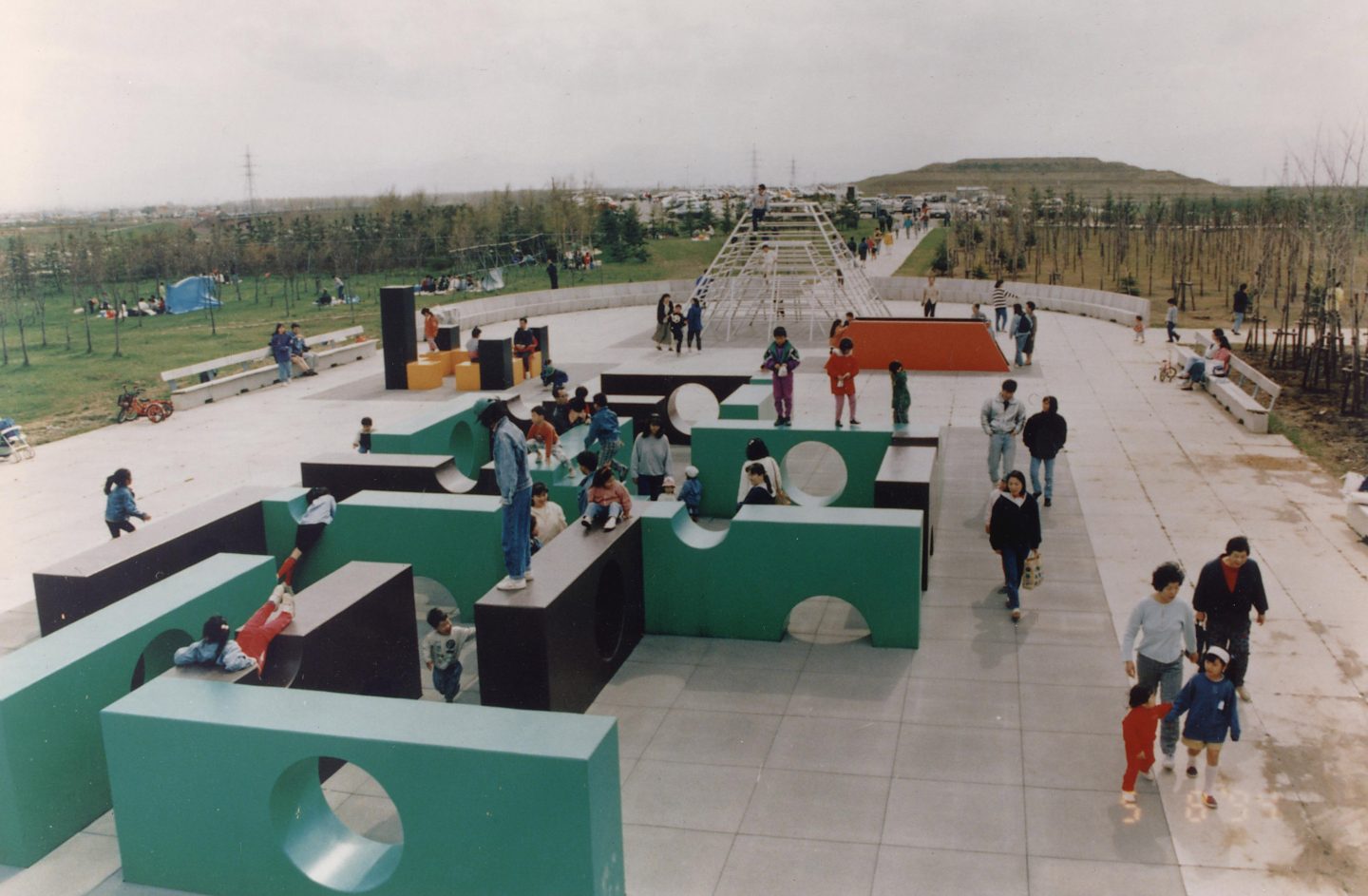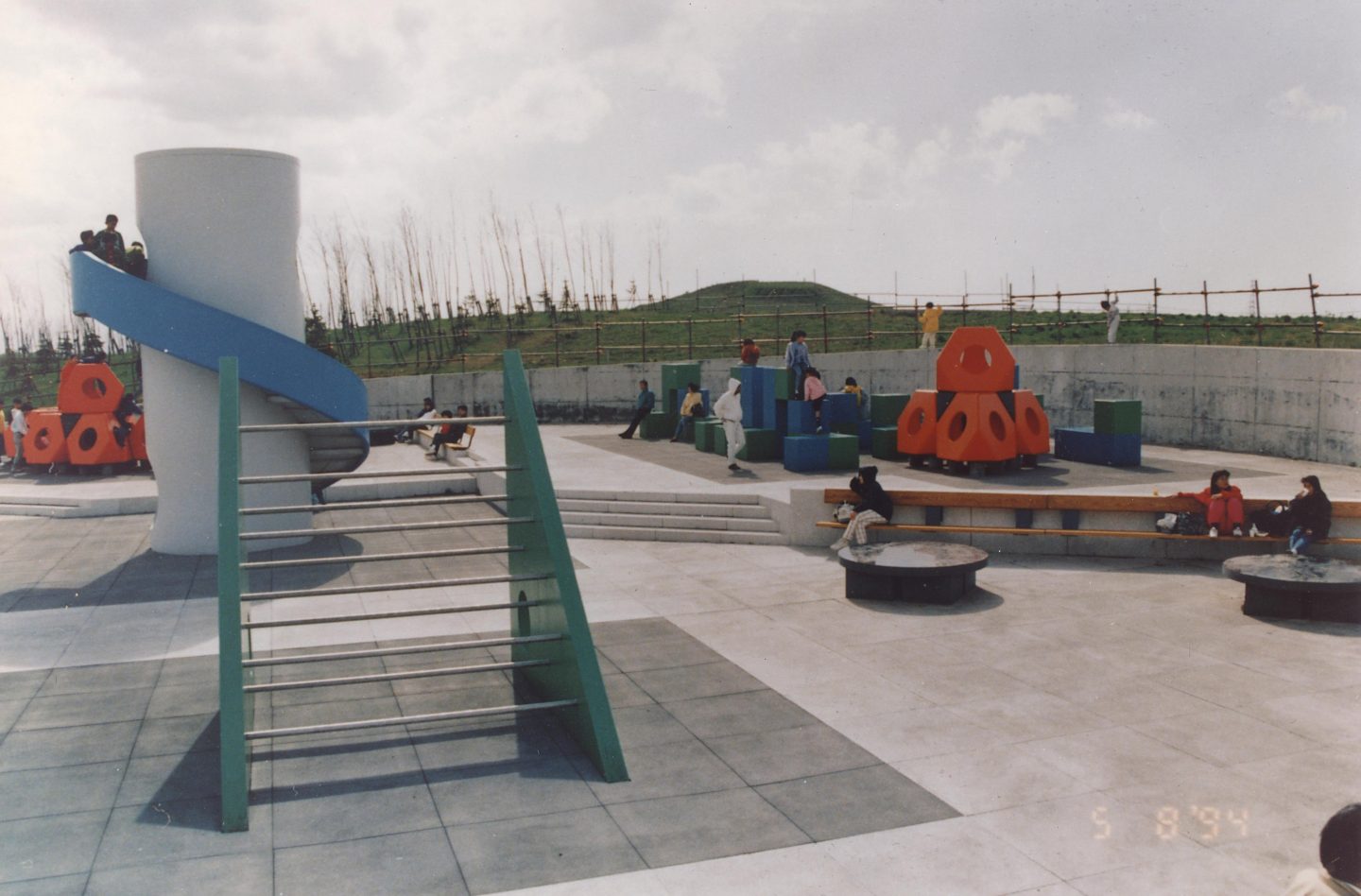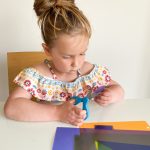The folks at 99% Invisible have created some fab new podcasts and articles on the relationship between children, play and the material world. And because I am a massive nerd, I have created summaries of them to share with you!
I highly recommend listening to the podcasts (links are included below) as they are entertaining, well-researched and only around 25-minutes long.

Play Mountain: A podcast on the work of playground designer Isamu Noguchi
Isamu Noguchi (1904-1988) was a Japanese-American sculptor, designer and landscape architect. After working for numerous years as a sculptor in New York, he came up with the idea to construct a ‘playground’ that had no rules or obvious way to play in it. Instead of having swings and slides, Noguchi wanted to the playground to feature surreal shapes and forms, sculptured from sturdy materials and the earth itself. This pedagogical philosophy would later be termed “non-directive play.”
Noguchi wanted to create experiences that allowed children to imagine different realities so as to encourage them to become open-minded and creative adults. Due to the political situation in
Following the war, he momentarily abandoned his dream to build utopian playgrounds and instead worked as a sculptor and furniture maker in New York. Noguchi passed away while co-designing a play structure with Shoji Sadao having never seen the construction of any of his play scape designs.
However, in 2005, 17 years after his death, Noguchi and Sadao’s playground ‘Moerenuma Park’ opened to the public (pictured below). You can visit the park and play in it (!) in Sapporo, Japan.
Listen to the full podcast here.

Froebel’s Gifts: A podcast on Froebel’s conception of the kindergarten
Friedrich Froebel’s big claim to fame is that he invented the kindergarten. This podcast zooms in on Froebel’s ‘Gifts,’ a set of six objects including wool, wooden cubes, cylinders and clay that aimed to support the development of children’s abstract thinking.
Influenced by his time working with educator Johann Pestalozzi, Froebel wanted children to learn through play with manipulatble 3D objects. Interestingly, Froebel was not trying to encourage children’s creativity through their play with the Gifts. Instead, children were required to sit at desks and make things out of the Gifts through a structured lesson.
For example, the wooden blocks could be used to teach numeracy and counting. Then the same blocks could be used to build a house, allowing children to learn about concepts such as height and size. Finally, the
Froebel’s Gifts allowed children to make new abstract connections between themselves and the world around them. One of these children was the famous American architect, Frank Lloyd Wright who claims he was given a set of gifts as a child. These then had a huge influence on his creative and abstract thinking that informed his architectural designs.
While many preschools have moved away from the ethos Froebel advocated for, the use of blocks in kindergartens has endured. The podcast also details the close relationship between Froebel’s ideas on early childhood education, architecture and modern art.
Listen to the full podcast here.
The Cardboard Cities of the Eames. Design that turned packaging into play spaces: An article on the cardboard play spaces of Ray and Charles Eames
The designers Ray and Charles Eames were very interested in how construction kits and toys could encourage creativity in childhood. The duo designed a set of cardboard boxes for shipping objects in the 1950. The boxes were printed in an aesthetically pleasing red and black design and very sturdy in their structure. These features made them the perfect play space for children.
The Eames’ then went on to create other cardboard-based architectural products for children, h
Read the full article here.
Further Links
Norman Brosterman wrote this article for Cabinet Magazine on Froebel’s gifts back in 2002. This essay makes some really nuanced connections between Froebel’s early childhood work and modern art.
Froebel Australia have put together a really clear and useful outline on Froebel’s background and the invention of the kindergarten.
There is an Isamu Noguchi Museum in Long Island, New York. I have never been, it looks amazing. I would love to go.
Related Posts
What is the role of materials in children’s learning through art?
How to support children’s learning with loose parts materials




3 Comments
Pingback: Fröbel’s Gifts, Noguchi’s Playgrounds – Artfully Learning
Pingback: From 'Artfully Learning' - Fröbel’s Gifts, Noguchi’s Playgrounds - Moving Space
Pingback: Artfully Learning Audio Series, Episode 6: Froebel’s Gifts to Contemporary Art – Artfully Learning